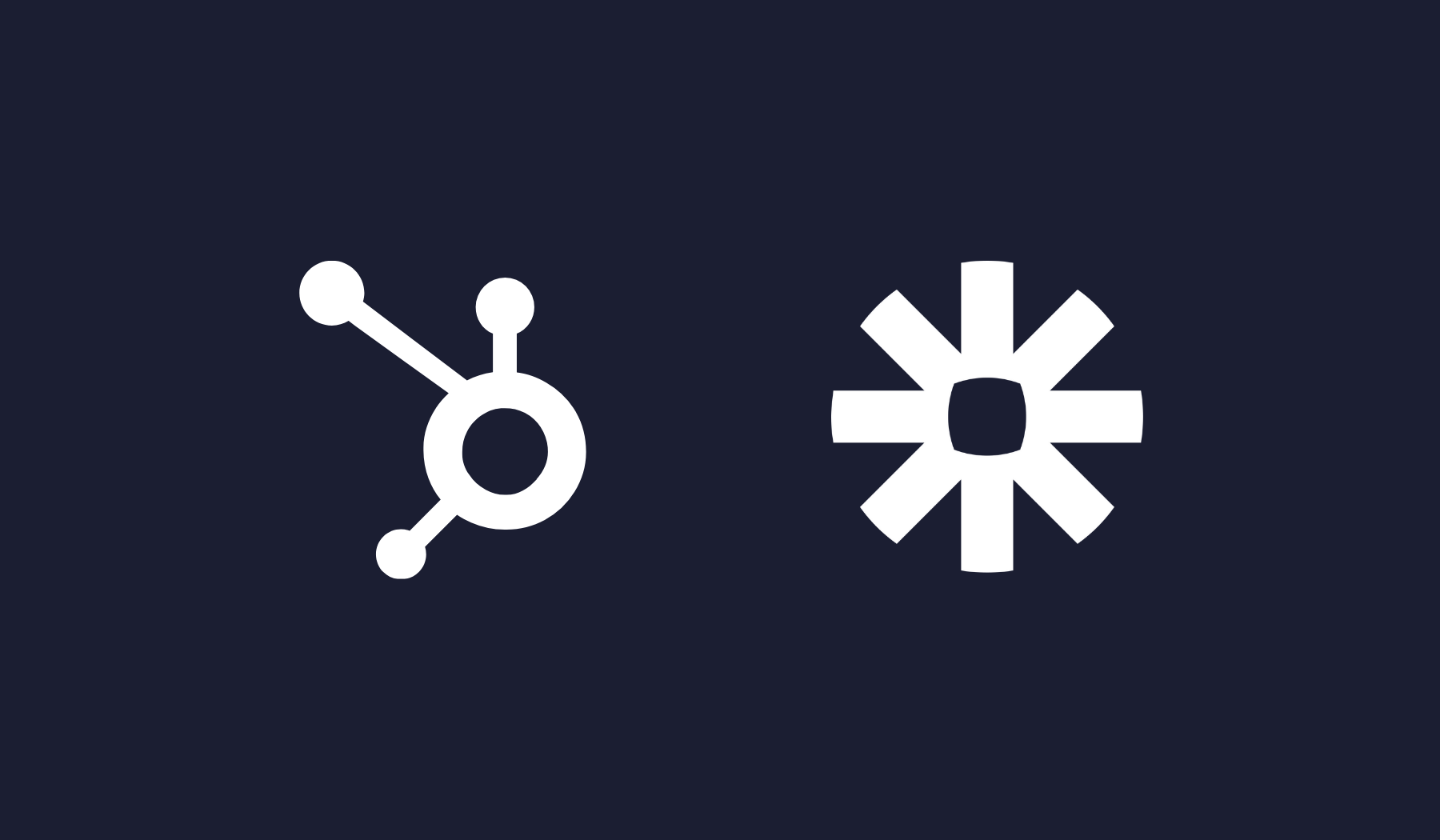
Get weekly
HubSpot updates
The HubSpot App Marketplace contains a wealth of tools and apps to grow your business. From e-Commerce 3rd-party store integrations and bulk data import/export tools, to close-captioning video apps and easy-to-digest data visualisation apps, it can seem as though there is nothing that the Marketplace can’t solve.
However, this isn’t always the case. Sometimes an app, Zapier integration, middleware or (easy) manual option isn’t possible or doesn’t meet your business needs. In such times, only a custom integration solution can save you. In this blog post, we’ll detail how SpotDev builds custom integration solutions when there's no Zap available.
First thing's first, some clarity on terms -
What is an API?
An API is the ability to access another platform. The “middle person” is the custom App that is performing the necessary data processing, e.g. Zapier or Google Cloud, using the API from each platform.
What is a custom integration?
A custom integration, as the name suggests, is a piece of purpose-built software and encompasses simple data migrations through to a complex, multi-step tool that connects multiple platforms together.
What makes a successful custom integration?
- Stability and robustness
- Flexibility and scalability
- Security
- Usability
What is Zapier?
Zapier supports marketers by enabling the easy build and automation of workflows - called “Zaps” - designed to automate repetitive, manual tasks, without having to actually build an integration yourself.
How HubSpot and Zapier integrate with each other
HubSpot and Zapier are often used together: HubSpot, as a full CRM, CMS and sales tool can be made even more powerful with Zapier’s automation actions.
In short, HubSpot and Zapier integrate with each other as follows: an action is triggered based on an event being completed. A simple example could be:
- A new contact is recorded in HubSpot after a (new) user completes a form
- Zapier then automatically adds this contact as a new contact in Google Contacts.
Zaps are especially good, and common, for repetitive or batch-processing tasks. These integrations can be bidirectional if you were to create two or more zaps, and the plug-in-and-go nature empowers marketers to automate tasks without the need for developers.
How SpotDev scopes and builds custom integration solutions for our clients using APIs
Research and diagnostic phase
To begin a custom integration, SpotDev conducts usage research and compiles a diagnostic report for our client. Our research includes investigating the current software(s) in use and how these “communicate” with HubSpot. This includes reviewing any legacy integrations.
We do this to ascertain what our clients need, not necessarily what they think they need. Before beginning any build, it is important that we confirm that there are no pre-existing apps that will do the required task(s).
During the research and diagnostic phase, we meet with all stakeholders involved in the project in order to understand every aspect of the required functionality. The length of the diagnostic depends on the complexity of the project, but it is vital to conduct in order to save the client money.
Scoping document
Next, we create a scoping document that comprises scoping requirements, user stories and nomenclature.
Scoping requirements
The actual scoping requirements will vary from project to project, but largely this will include:
- The two (or more) applications, platforms or software that data needs to be transferred between.
- The trigger(s) that initiate action.
- The nature of the action required.
- The type, volume and location of data that needs to be transferred, including any data encryption, custom fields, etc.
- Any and all dependants or expectations.
User Stories
The scoping document will also include the User Stories.
A user story is a simple written statement of what is required from the user’s point of view. Importantly, this is not a statement of the technical requirements. It is a statement of what the user wants to achieve, for example:
“As a Manager/Sales rep at [company], I want to be able to have all our data in one place, so that we can reduce time spent on manual tasks and additional processes, and use HubSpot to improve our personalisation and automation capabilities.”
Or
“As a Manager/Owner of [company], I want to streamline and automate a physical printing and posting process, so that time spent creating mail merges and exporting lists can be used elsewhere.”
User stories enable us to come up with creative solutions that solve the entire problem and any parameters and/or dependent factors, rather than losing focus on the overall goals by getting bogged down in the technical weeds.
Nomenclature
Of paramount importance is the nomenclature section of the scoping document. This is a list of the important terms and their definitions that are to be used throughout the project. As Celeste du Preez, Director of Design & Development at SpotDev, says:
“We do this because when software development goes wrong, it is usually due to people interpreting concepts differently.”
Ironing out all ambiguities in language that everyone understands is vital for project success.
Prototyping
The SpotDev developers then build a prototype user interface for the client, to see if there are any issues to be resolved, and as proof of concept.
Testing and launch phase
Once the prototype has been signed off internally and by the client, we implement a testing plan, which has multiple stages:
- Internal testing in a staged environment
- Implement in live environment
- Internal testing in a live environment
- Client training
- Client testing.
We also provide developer notes - this is documentation to enable clients to conduct in-depth and methodical testing. The testing and launch phase can - and often is - repeated, as idiosyncrasies and bugs are resolved. For each change or edit to the custom integration solution, the testing and launch phases begins again and is completed in its entirety, from staged environment testing through to client live testing.
To ensure client satisfaction, SpotDev also provides a 90-day 'break-fix support’ policy. Once launched, many clients choose to purchase additional support hours for staff training or integration upgrades.
Considering a custom integration solution for your website? Get in touch with our developers today to see how we can help.

